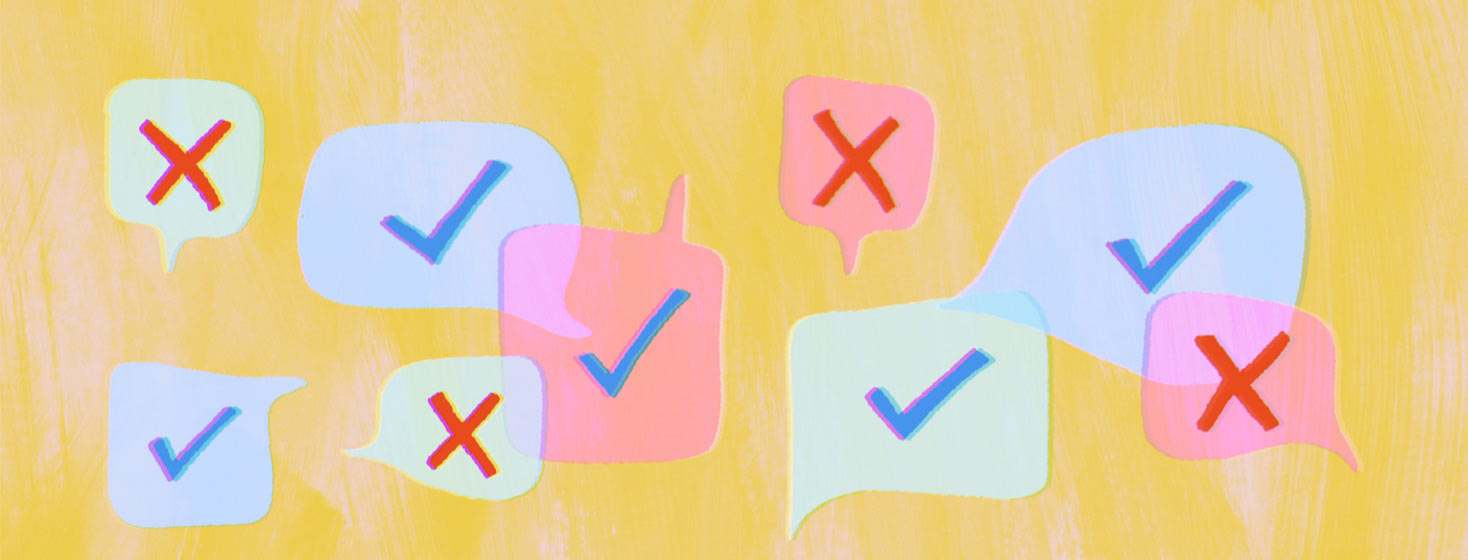Stem Cell Donor Experience, Myths, and Facts
Months before the peripheral blood stem cell (PBSC) donation, my brother felt tense, anxious, and a little nervous. The culmination of emotions was brought on by a fear of the unknown – he didn't understand the process of apheresis and he feared the possibility of stem cell rejection following transplantation. Thankfully, HLA (human leukocyte antigen) typing is used to optimally match both donor and recipient, in our case, the protein markers showed 7 out of 8 matches, making him the perfect sibling donor.
Common myths about donation
Bone marrow and stem cell transplantation are advanced curative therapies for sickle cell disease treatment but many fear that the process of collection is painful, dangerous, and inconvenient. For these reasons, people are reluctant to join bone marrow donor registries like BeTheMatch.org because they fear being called upon to donate.
Myth: Bone marrow donation is painful and dangerous.
Fact: Peripheral blood stem cell (PBSC) donation is one of 2 methods of collecting blood-forming cells for bone marrow transplants; a process that's quite similar to donating plasma/blood platelets. This non-surgical procedure is called apheresis and takes place in an outpatient facility.1
For 5 days leading up to donation, donors get injections of a drug that increases the number of cells in your bloodstream. Some of the blood is then removed through a needle in the arm and passed through a machine that separates out the blood-forming cells. The remaining blood is then returned to you through the other arm. Most PBSC donors report recover fully 7 to 10 days after donation.1
Myth: Donating takes a long time and is inconvenient.
Fact: Online registration takes 10 minutes. If you are a prospective donor, the time commitment for the donation process is 20-30 hours over a 4 to 6-week period. This can include phone calls, appointments, and the donation procedure itself.1
Bone marrow and stem cell transplants are lifesaving treatments for sickle cell and other blood diseases in the global patient community. Click the video below to see why Dapo Bakare proudly donated his stem cells to his sister, Wunmi.

Join the conversation